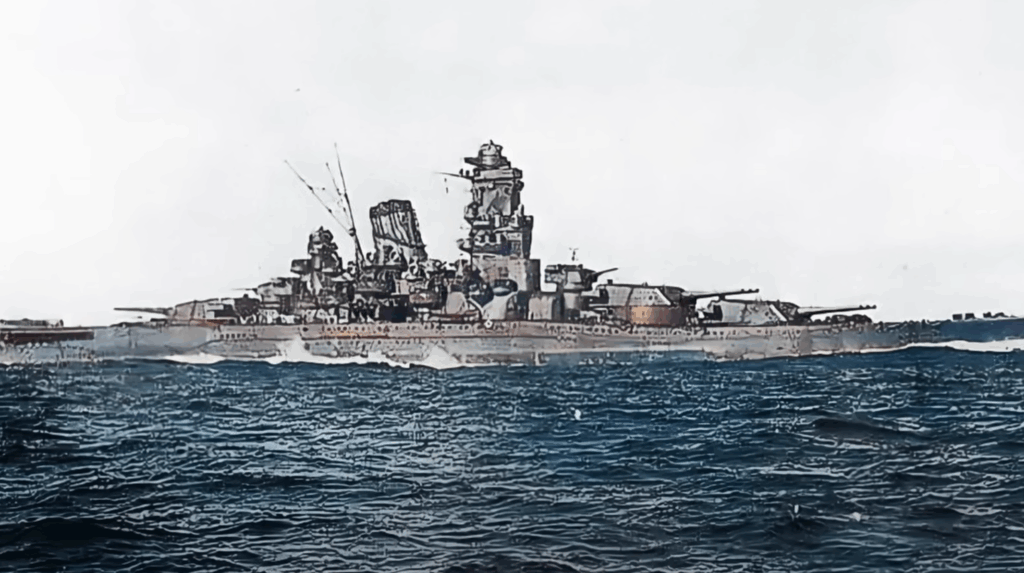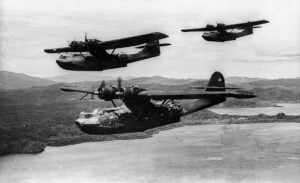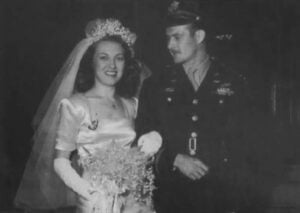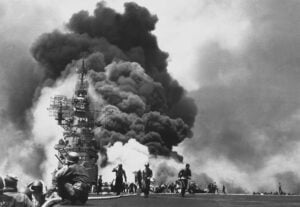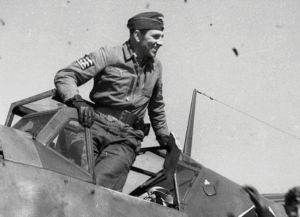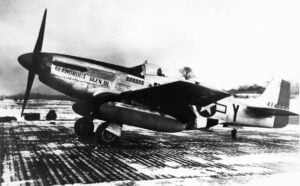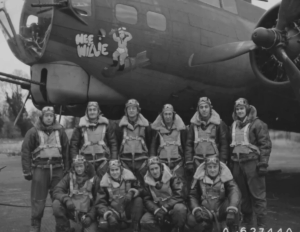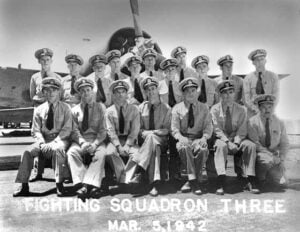How Tiny American Torpedo Planes Shattered Japan’s Mighty Battleships
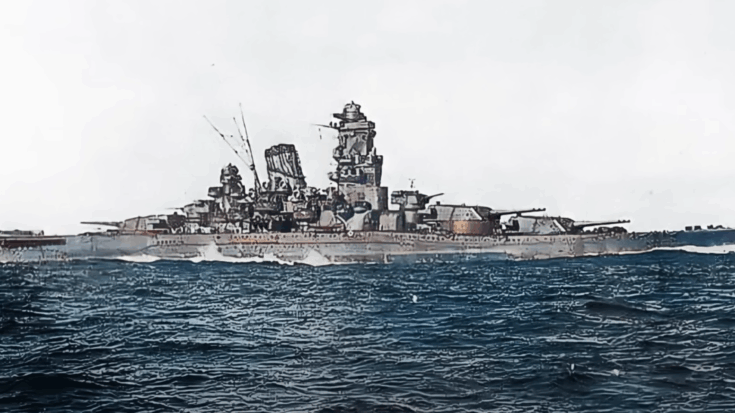
The Second World War Tales / YouTube
The Rise of Floating Fortresses
In the years leading to World War II, Japan built some of the largest and most powerful battleships ever seen. These massive vessels were designed to dominate the Pacific Ocean. Their armor was thicker than the walls of a house, and their guns could fire shells that weighed as much as a car. To many naval planners, they seemed unstoppable—floating fortresses that no aircraft could destroy. But as the war went on, these ships faced a new kind of enemy from above—small, fragile American torpedo planes that would ultimately bring them down.
Japan’s naval strategy followed the idea of a single “decisive battle” that would crush the American fleet. Ships like Yamato, Nagato, and Fusō were built for this purpose. Each carried a crew of more than 2,000 men and guns larger than any others at sea. Yet these giants had one serious weakness—they were slow, unable to see far, and vulnerable to air attack. The introduction of the Douglas TBD Devastator and later the TBF Avenger changed everything. These planes were tiny compared to the ships they hunted, but they carried one weapon that turned the balance of power: the Mark 13 torpedo.
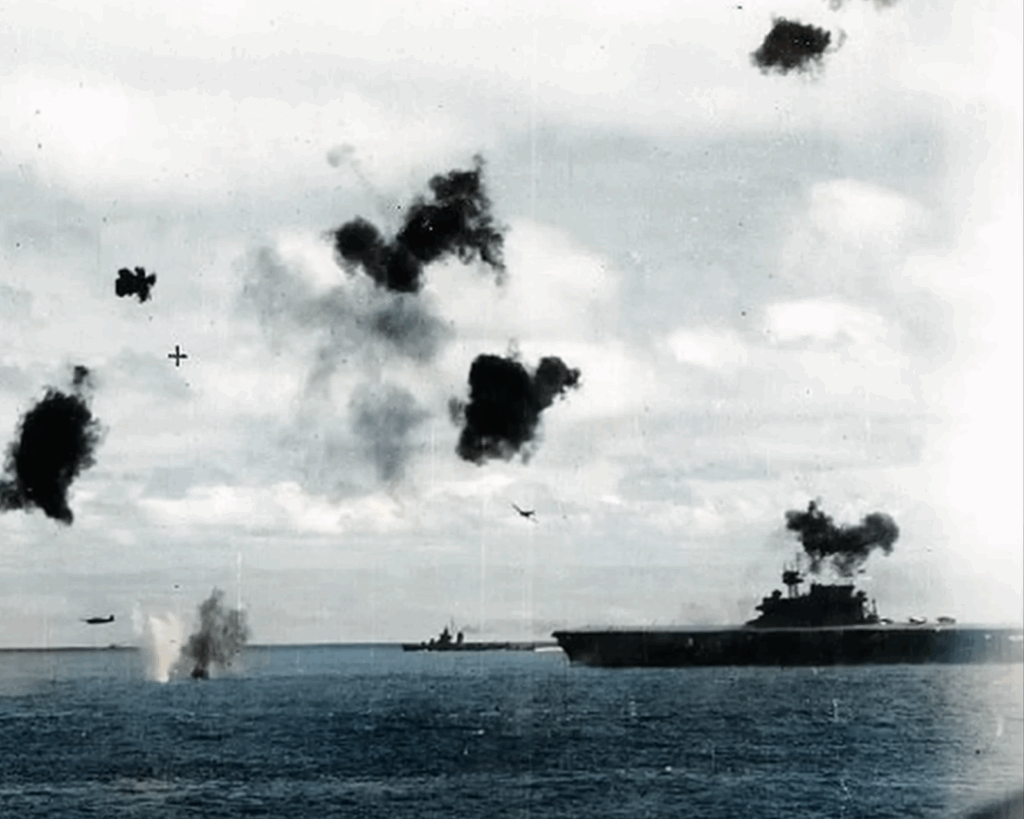
David Against Goliath at Sea
The Mark 13 weighed about 2,000 pounds and carried a 500-pound explosive warhead. Though only the size of a telephone pole, it could tear open the side of a battleship. Even one hit could flood multiple compartments, cripple the engines, and cause a ship to list heavily. Battleships relied on dozens of watertight sections to stay afloat, but once enough were breached, even the largest could not survive. A weapon barely heavier than a truck could destroy something the size of a skyscraper.
This imbalance became clear at the Battle of Midway in June 1942. Japan’s fleet, once thought unbeatable, was overwhelmed. Waves of American torpedo planes attacked at low altitude, flying straight into heavy gunfire. Most were shot down, and many crews never returned. Yet their sacrifice forced Japanese carriers to change course and break formation. That gave American dive bombers the opening they needed. Within minutes, three Japanese carriers were ablaze, and by the end of the day, four had been lost. The mighty battleships nearby could only watch, too slow to react. One Japanese sailor later compared the attacking planes to “suicidal mosquitoes”—small but deadly.
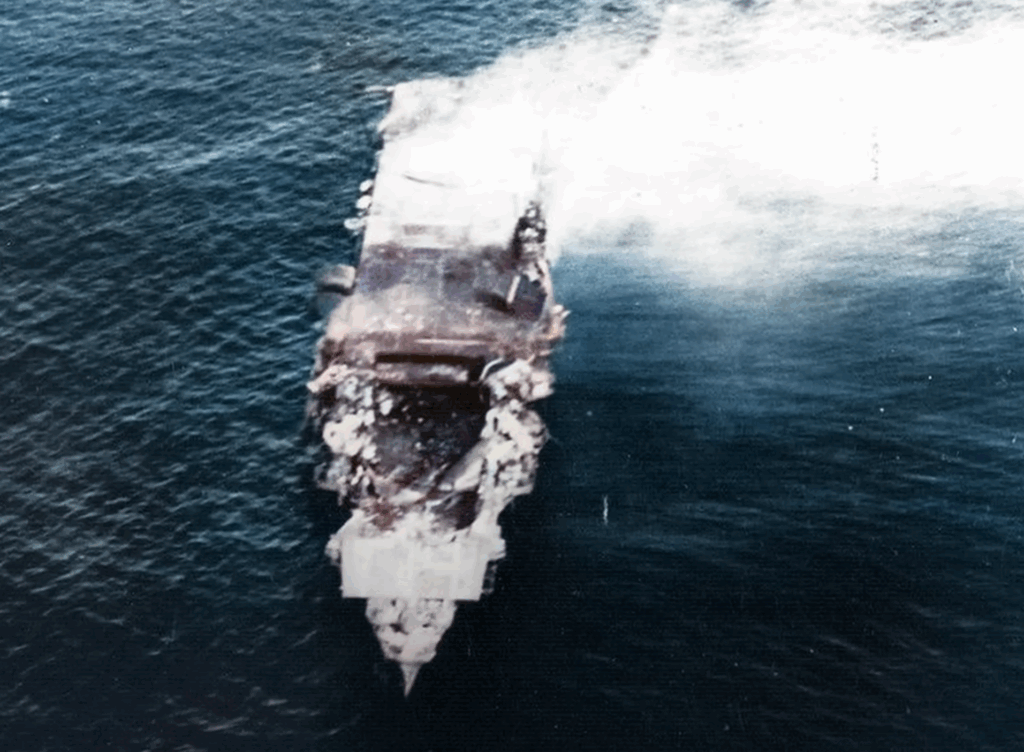
The Weakness Beneath the Armor
Japanese battleships had belt armor up to sixteen inches thick, designed to stop shells from other ships. But torpedoes didn’t strike the sides—they exploded underneath, where the armor was weakest. The results were devastating. At Pearl Harbor, one torpedo blast ignited the ammunition stores of the USS Arizona, sinking her in seconds. Later, during the Battle of Leyte Gulf, Yamato’s sister ship Musashi was hit by nineteen torpedoes. The flooding was so severe that even her powerful pumps failed, and she rolled over, taking more than a thousand men with her.
Fuel consumption made things worse. A single battleship could burn 600 tons of oil in one day of combat, while a single Avenger aircraft used just 150 gallons per mission. Japan, running low on oil by the middle of the war, could not keep up with those numbers. The United States, with vast fuel supplies, could.
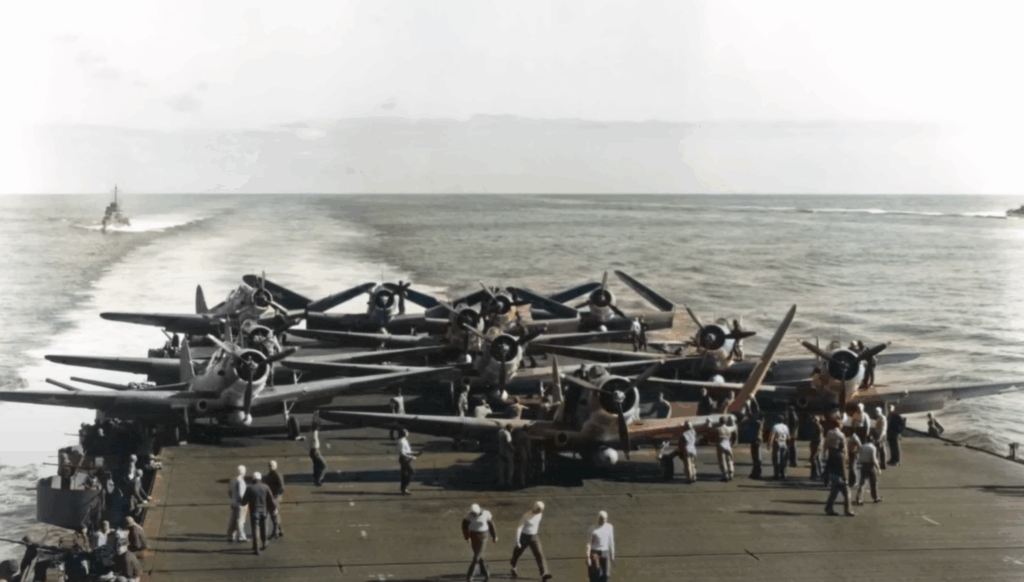
The End of the Battleship Era
Accuracy also played a major role. A battleship’s huge guns could fire shells over twenty miles, but actually hitting a moving target at that distance was almost impossible. At long range, the chance of landing a hit was less than one percent. Torpedo planes, however, attacked from just a few hundred yards away, where their odds of success were much higher. In later battles, like Leyte Gulf, American pilots attacked Japanese battleships at close range, striking repeatedly until the giants went under.
Even with hundreds of anti-aircraft guns, Japanese defenses were weak. Their 25mm guns had poor aim and fired slowly. Pilots nicknamed them “popcorn guns” because they looked dangerous but rarely hit anything. One American pilot wrote, “They filled the sky with sparks, but they never hit us.” The irony was painful: Japan had spent fortunes building ships armed with the largest guns in history, but those guns could do nothing against aircraft.
In April 1945, the Yamato—the world’s largest battleship—sailed for her final mission. She faced 400 American planes. Eleven torpedoes and six bombs struck her before she rolled over and exploded. More than 3,000 men were lost. A ship that cost millions to build was destroyed by weapons that cost a fraction of her shells. Air power had changed naval warfare forever, and the age of the battleship was over.
